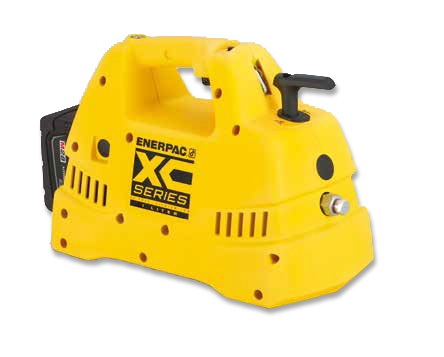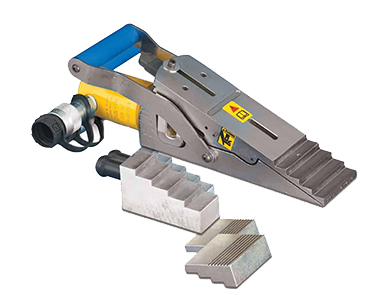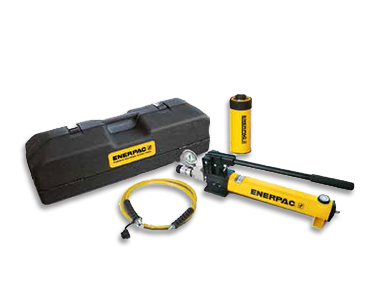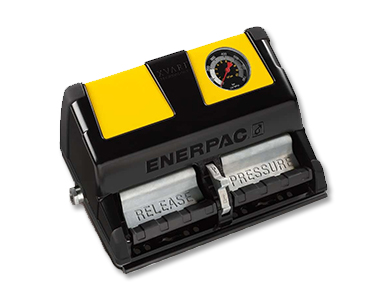Choosing the Right Equipment
Needs Content.
the Featured Products

XC-Series, Cordless Hydraulic Pump
Performance of a Powered Pump, Portability of a Hand Pump. Take the battery pump anywhere without power cords or air hoses.. Available from Stock, delivery in 3 - 4 working days.

Enerpac Vertical Lifting Wedge
Minimised access gap for greater accessibility on applications with limited insertion space. Secure, stable lifting and lowering motion with no slippage. Includes safety block SB2.

Enerpac Portable Tool Set
Easy to carry sturdy tool box with complete and ready-to-use hydraulic sets. Includes a single-acting cylinder, P-392 two speed hand-pump, gauge indicator assembly, 1.8m hose and couplers

Enerpac Air Driven Foot Pump
Ergonomic design for less operator fatigue. Variable oil flow & fine metering for precise control. Higher oil flow for increased productivity. External adjustable pressure setting valve